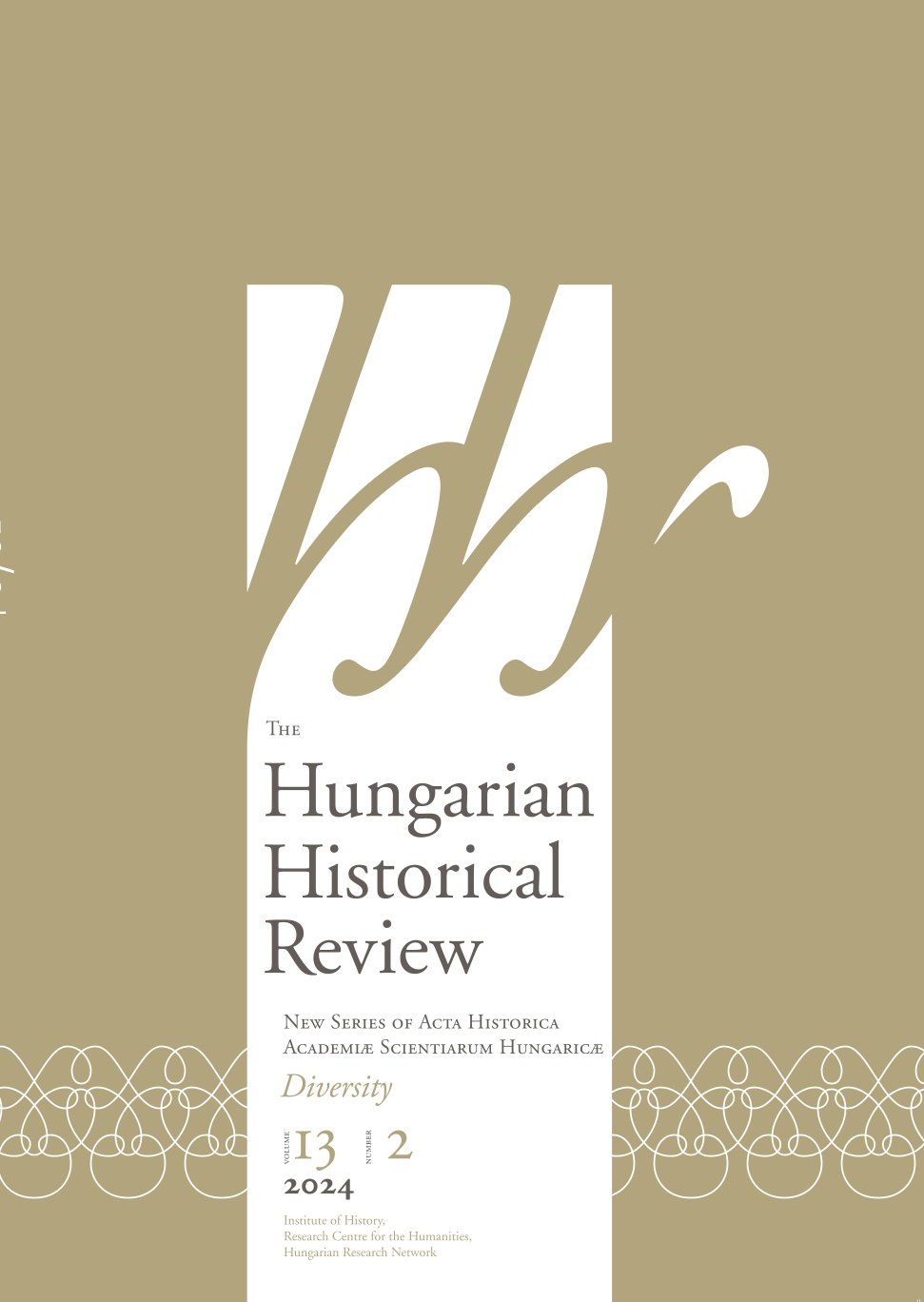Alterity and Self-Understanding: Inclusion and Exclusion Strategies of Southern German Estates in the Fourteenth and Fifteenth Centuries
Alterity and Self-Understanding: Inclusion and Exclusion Strategies of Southern German Estates in the Fourteenth and Fifteenth Centuries
Author(s): Markus Christopher MüllerSubject(s): 13th to 14th Centuries, 15th Century
Published by: Magyar Tudományos Akadémia Bölcsészettudományi Kutatóközpont Történettudományi Intézet
Keywords: nobility; empire; constitution; knighthood; Swabia; Bavaria, Tyrol; estates
Summary/Abstract: This article analyses diversification strategies in the politics of Sigismund I as king and emperor. Three examples (Swabia, Bavaria, and Tyrol) show different aspects of this diversity. In Swabia, Sigismund attempted to mediate alliances between the knightly societies and the city federations in order to create a counterweight to the imperial princes. In Bavaria, he privileged the knighthood and thus created a dynamic that led to the formation of the land estates with their own identity. Sigismund also supported rebellious nobles in Tyrol against their prince. All interventions can be better contextualised against the backdrop of his imperial policy. At first glance, he was not successful anywhere, but the imperial privileges he granted had an impact on the conflicts between the knighthood/nobility and princes in the fifteenth century and thus diversified late medieval constitutional practice.
Journal: The Hungarian historical review : new series of Acta Historica Academiae Scientiarum Hungaricae
- Issue Year: 13/2024
- Issue No: 2
- Page Range: 195-212
- Page Count: 18
- Language: English

